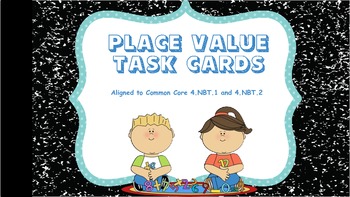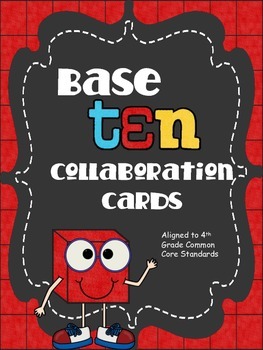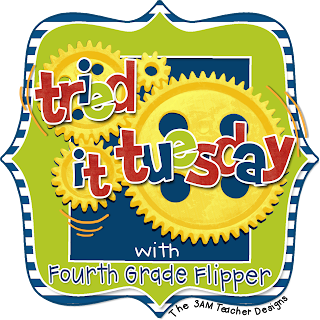So, determined that my third graders will not have the same challenges, we began a little measurement this week.
We measured some common household items (post-its, dice, a sponge, and a small wooden block).
We measured the length, width, and height (using centimeters like scientists of course). We also measured the mass in grams using a balance scale and some gram cubes.
We even recorded our data in our science notebooks.
We were even able to discuss fractions and decimals as some students noticed their measurements had a half centimeter involved. We talked about how just like in AR, .5 or five tenths is equal to 1/2.
I just found this Bill Nye video with an introduction to the metric system that I will share with them today.
How do you practice measurement in the classroom?

































